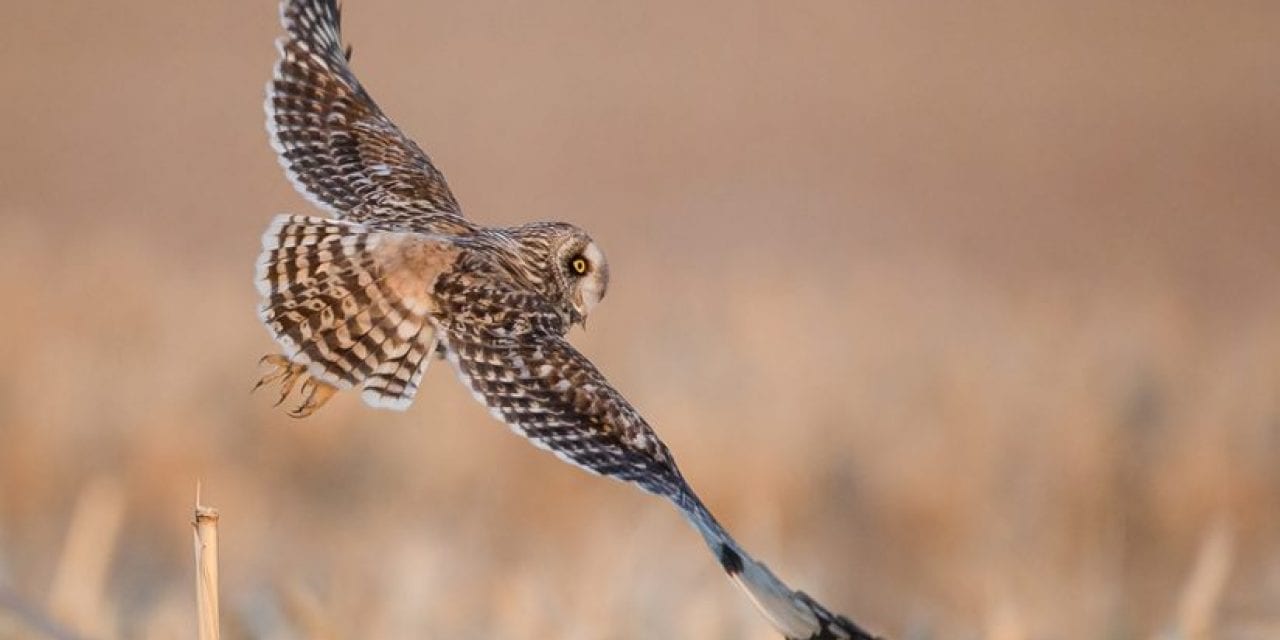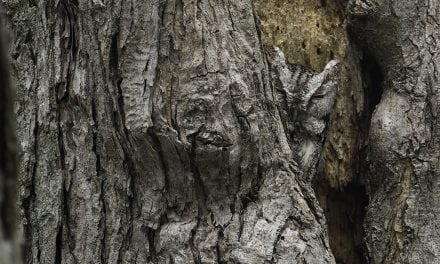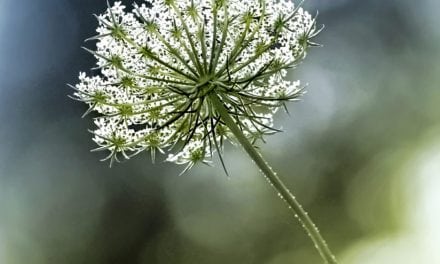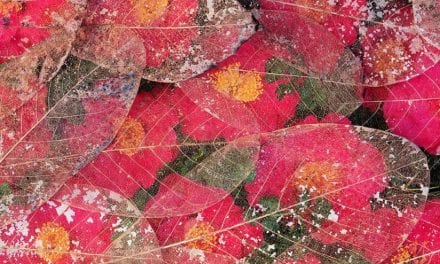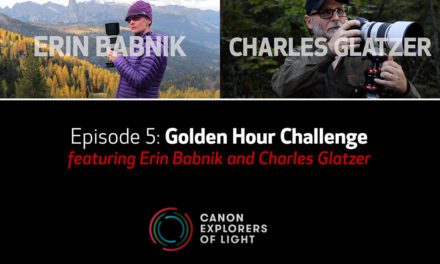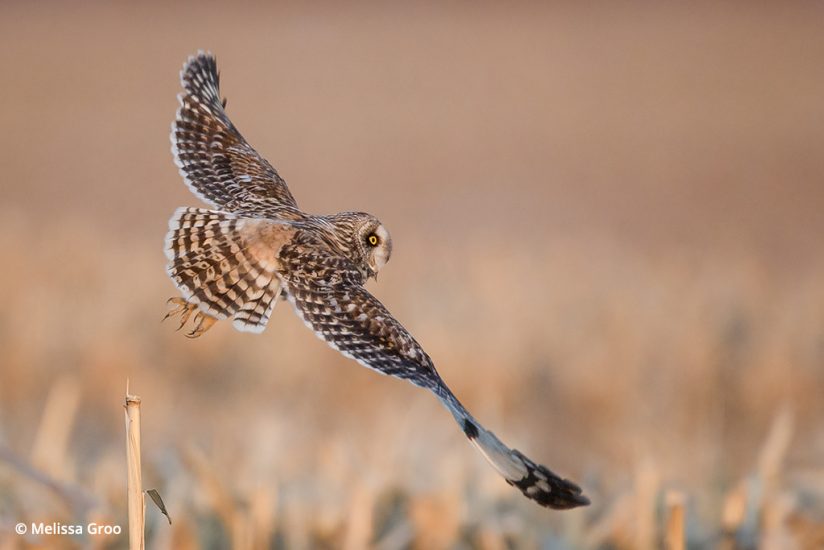
It was brought to our attention by our “Wild By Nature” columnist Melissa Groo that the photograph selected as the winner of our Assignment #347: Birds In Flight, almost certainly involved baiting of the subject snowy owl. Groo noted to us: “It’s clear to anyone who takes a closer look that it’s a baited owl. There is evidence of cloning, and there are mouse footprints in the snow. Mice that are not from a pet store typically do not travel on top of the snow.”
We’re taking this opportunity to state our position to Outdoor Photographer fans and contributors: Photos of baited animals do not meet our ethical standards and should not be submitted to us. When photographs are identified as such, our policy will be to reject the image and retract any recognition given.
Wildlife photography is one of the most challenging subjects for a photographer. Beyond the technical skills and equipment required, being at the right place, at the right time, to observe and capture the behavior of wild animals makes success in this genre elusive, especially with rare animals that shy from human presence. The temptation to bait wildlife to perform in front of the camera is unfortunately one that too many photographers don’t resist, whether by ignorance or, sadly, by choice.
Baiting predatory animals for photography is not an ethical practice in our opinion, and we regret our mistake in presenting an image that shows evidence of it. Besides the fact that it dilutes the impact of work by photographers who practice good field ethics, baiting poses a real threat to the well-being of wildlife. In her column “Shortcuts That Shortchange Wildlife Photography,” Groo outlines in detail why practices like baiting should always be avoided. “What many people may not realize is that predators habituate readily to food rewards,” Groo explains. “Once one human proves a source, all humans start to look like possible sources.”
We encourage everyone interested in wildlife photography to read Groo’s “Wild By Nature” columns and to take wildlife welfare seriously. “No image is worth more than the subject and its welfare,” Groo rightly states. “I firmly believe that fantastic photographs of wildlife are possible without making choices that compromise animals or the integrity of our work, and I am grateful that most wildlife photographers I know operate this way, too.”
The post Our Position On Wildlife Baiting appeared first on Outdoor Photographer.

